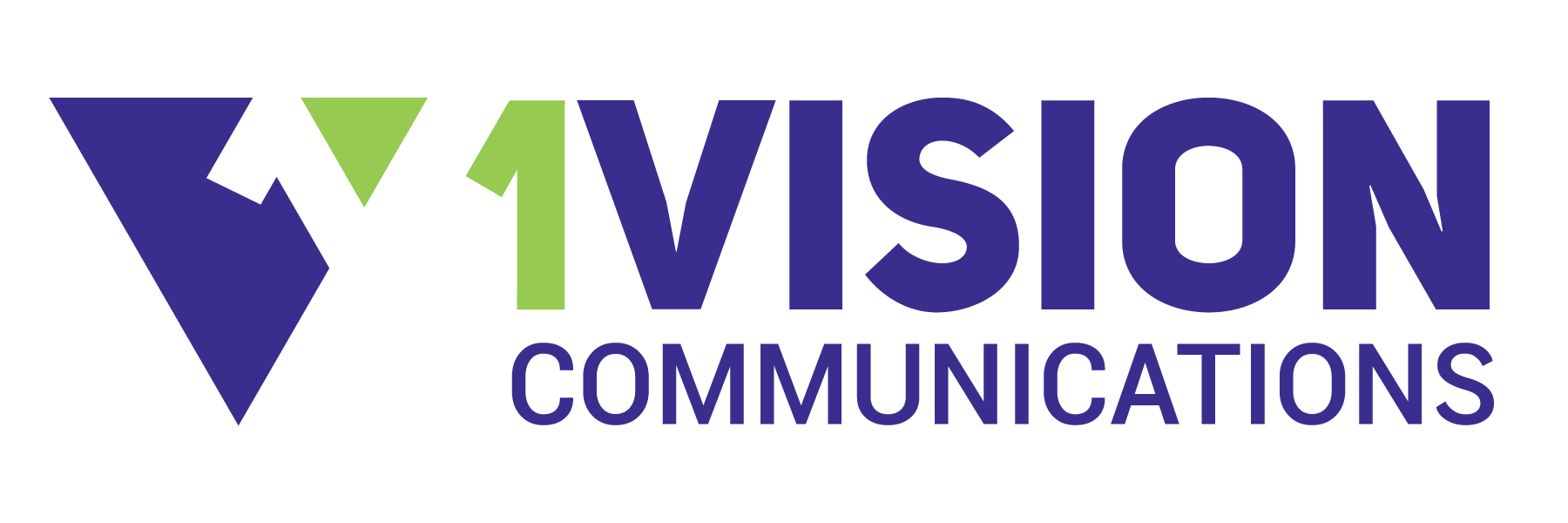‘1 Mississippi’ Or You are in a Bad State
How long does your mobile site take to load... about a minute? 20 seconds? 4 or 5? Do you know what Google recommends?
1 second or less!
You may not have considered how long it takes for your site to load. Your donors, prospects, and customers have.Loading quickly is important for desktop websites... but it is critical for mobile users. Plus, not having a mobile version will have a negative impact on your Google rankings, according to Google.
Businesses and nonprofits that care about donations or sales should increase functionality, improve loading speed and include mobile optimization (often called responsive design) in their web strategy. The over 70 million Americans browsing websites from their phone every month represent an important segment in everyone’s audience. By the way, 60% of online devices are smartphones or tablets. [1]
Want another reason you should have a mobile optimized site? 78% of smartphone owners and 75% of tablet owners consider the ‘look and feel’ of a company’s mobile website when considering whether or not to make a purchase from it.[2] That’s three-quarters of an increasing number of mobile users.
The moral? If you only use your full site and hope it works “okay” for mobile access, it may...
- Create a barrier to donations or sales,
- Cause a drop in your search ranking,
- Load too slowly to get noticed in the first place!
[1] http://www.businessinsider.com/the-future-of-digital-2013-2013-11#-21
[2] http://www.marketingcharts.com/wp/online/smartphone-and-tablet-owners-respond-to-mobile-optimized-sites-29905/



